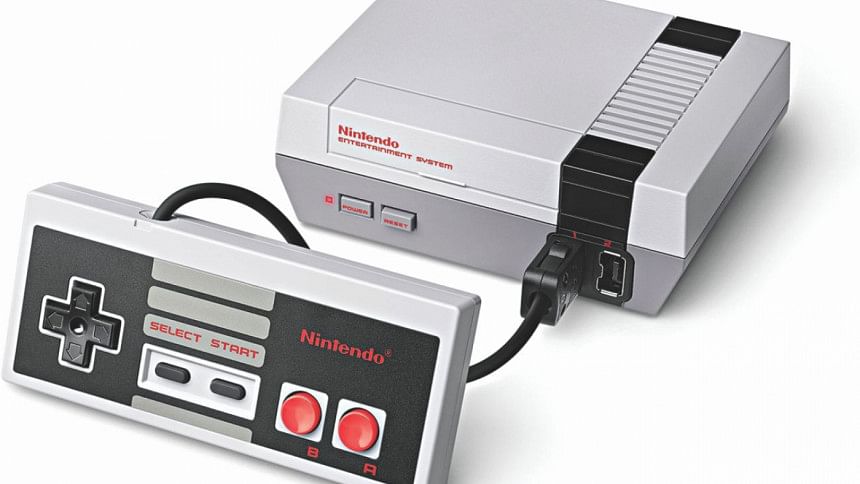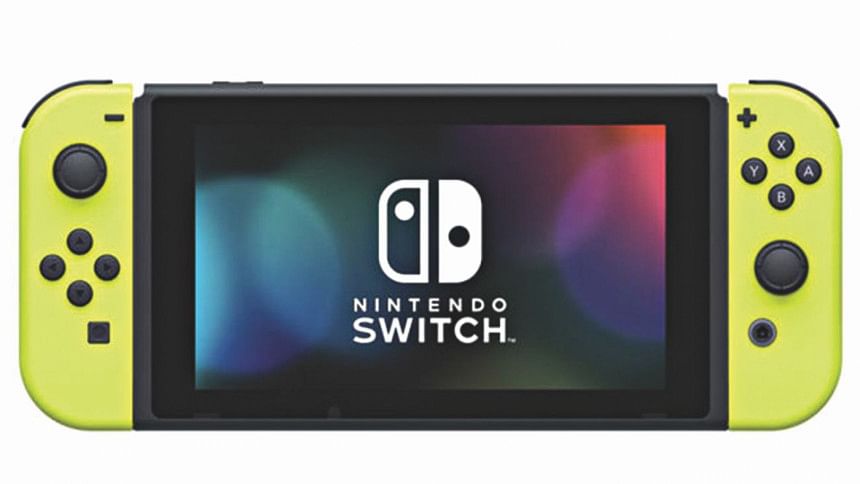Innovation - How Nintendo stays in the game

The video game industry is indebted to Nintendo for a great number of reasons. Whether it is bringing video games out of arcades and making it accessible to the populace with resounding success or bringing the industry back in track after the video game crash of 1983, Nintendo remains as one of the forefathers and pioneers of this billion dollar industry. While several other classic companies teetered off to extinction, or fell from their grace and past glory, Nintendo to this day remains an influential figure.
What did change, however, is how Nintendo has continued to be relevant. Creativity has always been one of the driving forces of the industry. But none have utilised it as brilliantly and as consistently as Nintendo. A simple look back at the number of consoles Nintendo has released over the years shows a constant trend of innovation and experimentation like no other. Before getting into it, it is imperative to draw attention to how Nintendo has always been in a different ball game in the video game industry.
The NES system proved to the Arcade culture that gaming can take place in the comfort of one's own home. Computers were a complicated idea, but a little box that plays your favorite game when you put in a cartridge was much simpler. From then on the story of Nintendo consoles was one adorned with brilliant gaming catalogues and even more innovative mechanics. Nintendo 64 brought out the "Rumble Pak" a means to provide force feedback to the players. GameCube, albeit one of the less successful Nintendo consoles, first introduced sync between handhelds and home consoles with small but satisfying features available when both are connected.
But what Nintendo did following these successful products. The Wii is something that can be considered a strategic genius and a daring move that few can undertake. The market for home consoles that Nintendo itself created was taken from them by the technical brilliance of Sony's PlayStation and Microsoft's Xbox. Both of these companies' flagship consoles were miles ahead of Nintendo when it came to sheer hardware strength. And the market was laid out for them.
While both Sony and Microsoft continued their success with more intricate iterations and improved hardware specifications, Nintendo focused on something completely different. Nintendo introduced the Wii in the seventh generation of video game consoles. In that time they had to compete with the brilliant PS3 and Xbox 360, both of which had much higher specifications than the Wii. However the Wii had something that the other two consoles did not — a completely innovative control system using motion control. While it may not sound as much, the library that Wii had made complete use of the Wii's innovative control system. Even though this could have ended up as just a gimmick, Nintendo made sure that it became the main selling point. The software library accompanying this console made the very best use of its innovation. With Wii sports becoming one of the most successful games across all platforms, the flagship titles such as The Legend of Zelda and Mario each stepped up to the plate with controller specific gameplay additions. So in spite of falling behind on hardware specifications by quite a margin, Nintendo held its ground against strong competitors in the form of Xbox 360 and PS3 through innovation alone.

Wii U was another step in the path of innovation that didn't quite hit the mark as the original Wii. However it laid out the foundation for the console that was to come. Wii U looked to merge the convenience of handhelds with the power of home consoles. Due to a lack of a proper game library to support this and a rather steep price tag, the Wii U failed to capitulate. Nintendo decided to step up once more and refined the formula of the Wii U in their next generation of console. They had a lot to prove with the launch of the Switch and they matched every expectation. The intricate piece of hardware that is the Switch is far more daring than any would have thought. With detachable controllers, ease of carrying and an extensive library that is shaping out to be one of the finest, the Switch is undeniably innovation done right. It uses the motion controls of the Wii and refines the handheld aspect in a complete package.
Nintendo could have played it safe multiple times and focused on their hardware specification like their competition. But they valued gaming to be something more than just shiny graphics and 60 FPS performance. Gaming is brilliant because of the creativity it can contain and Nintendo made sure that there were plenty. While other consoles tried to replicate their innovative approach, few succeeded. Xbox Kinect deserves a particular mention as it looked to follow suite of the Wii but ended up as just a gimmick that no one needed in the end.
The newest edition to Nintendo's repertoire of innovation is Nintendo Labo. The reveal of this new and interesting accessory caused quite a stir among the fans and rightfully so. With Labo, Nintendo looks to incorporate the childish fun of assembly and cardboard toys into their console, that too in a brilliant way. Nintendo Labo might not in the end become a commercial success or manage to woo the hardened reviewers, but it goes without saying that it's a treat to see a company of Nintendo's stature to still go out of their way to carry on innovation. In the time of cookie-cutter titles, bandwagon franchises and monetary manipulation, Nintendo certainly makes space for innovation as something to appreciate and strive for.
Nuren Iftekhar is your local stray cat in disguise; he interacts with people for food and hates bright light. He got Hufflepuff 3 times straight in Pottermore so no walking around that one. Send him obscure memes at [email protected]





Comments